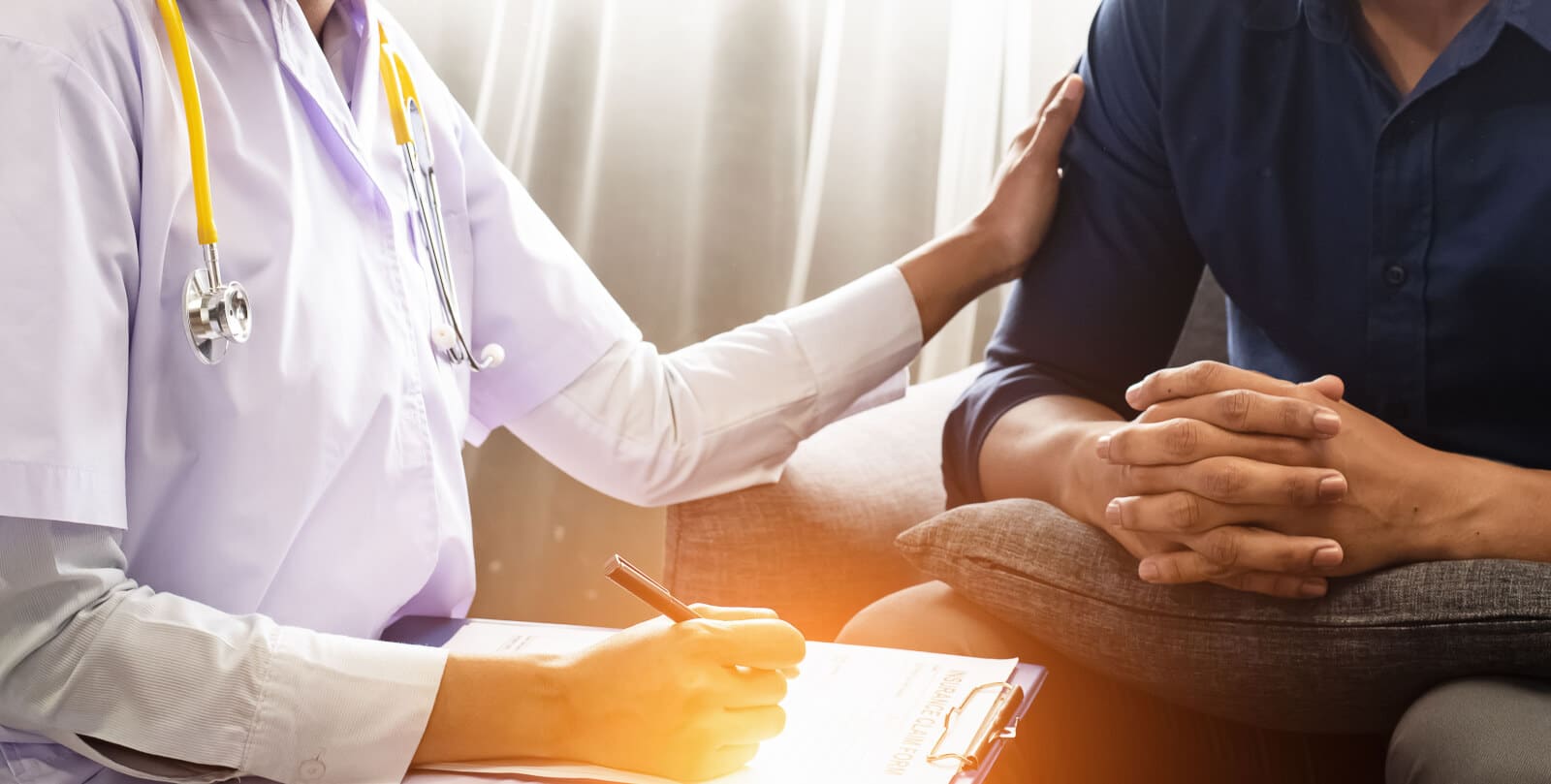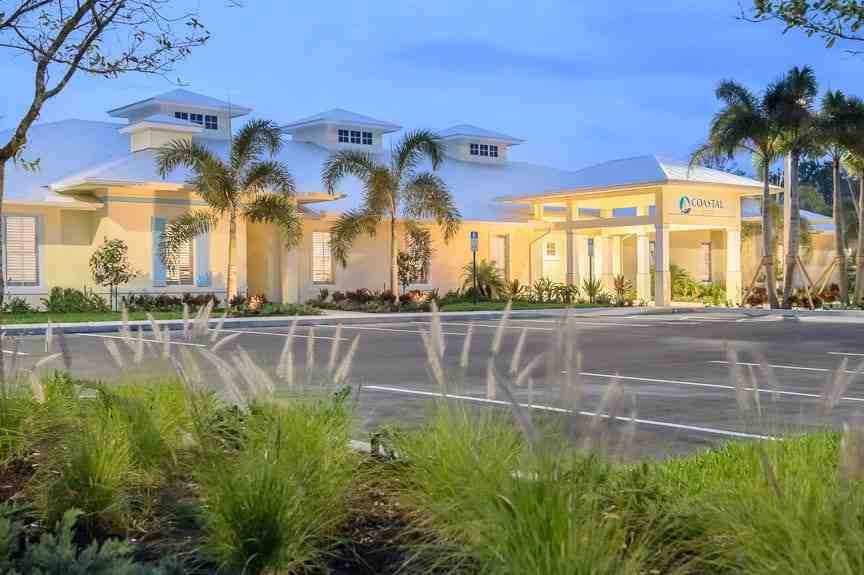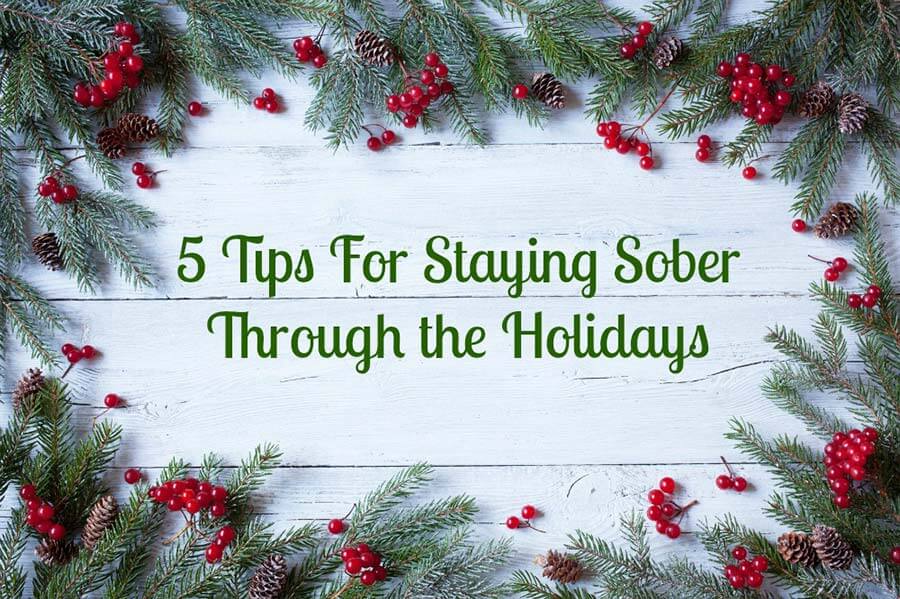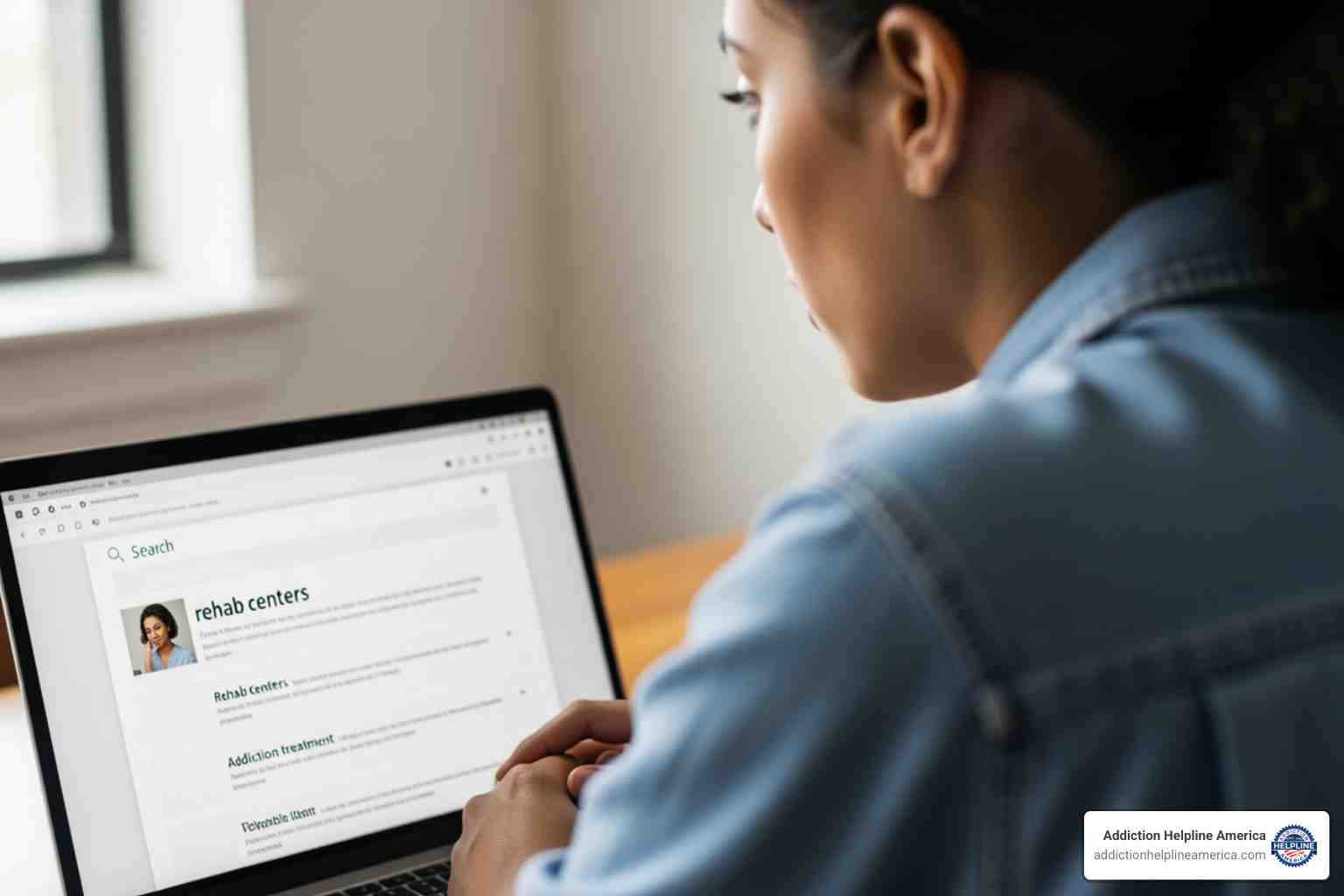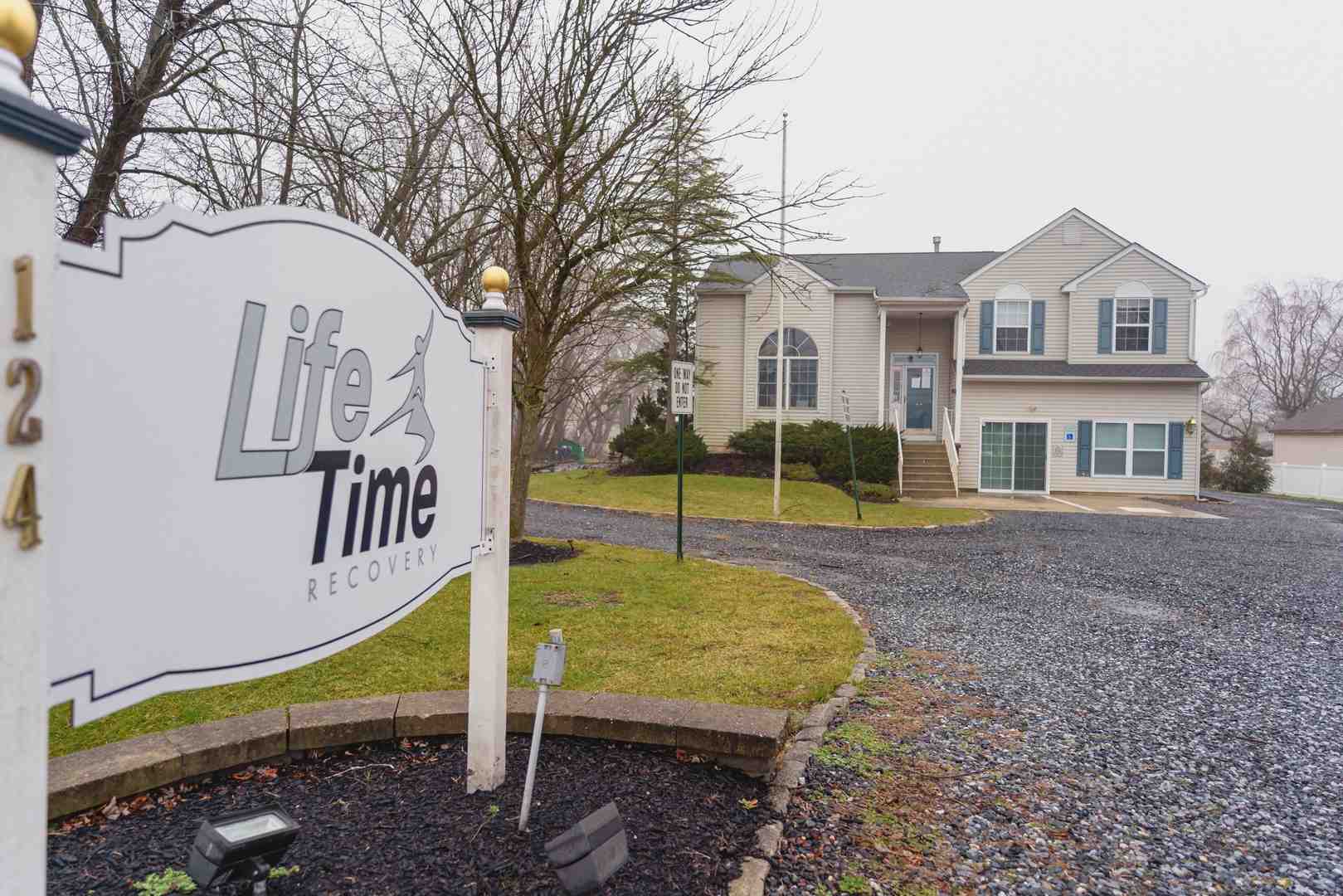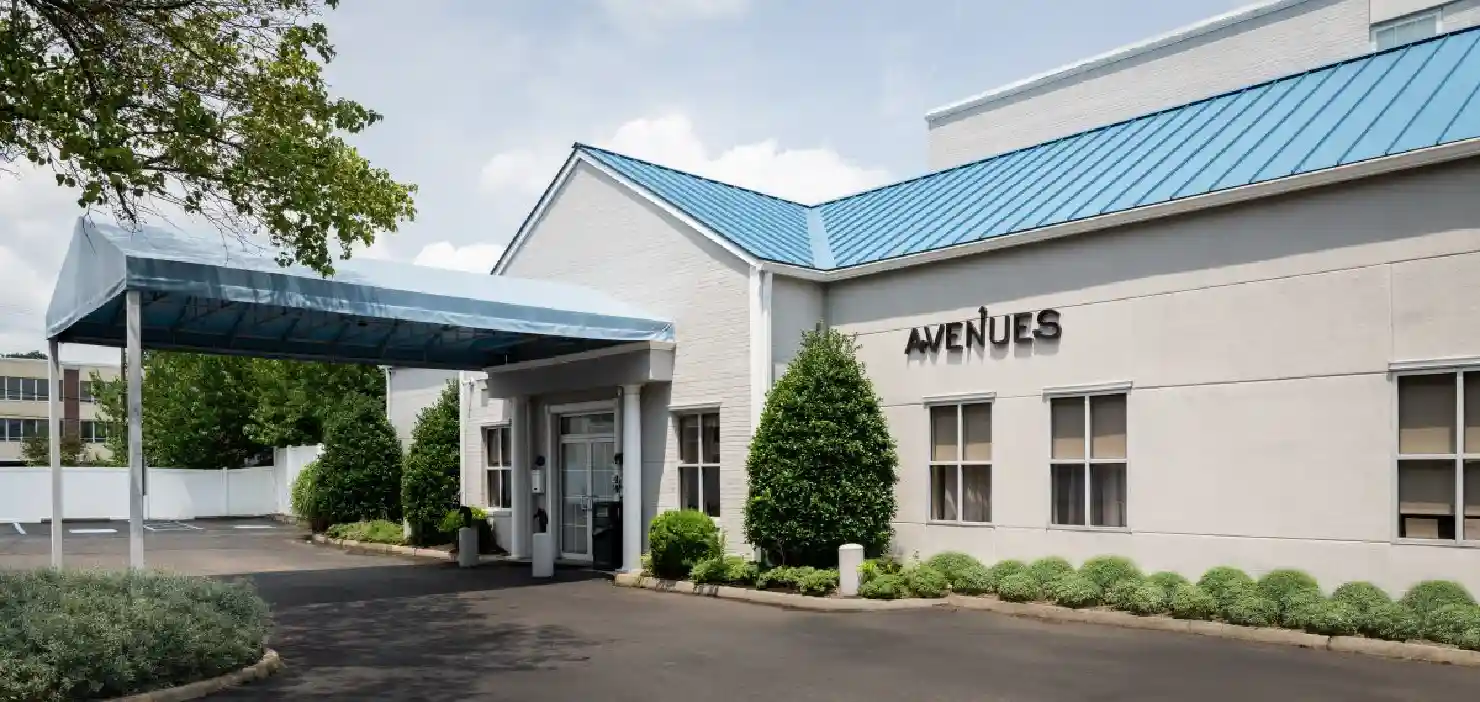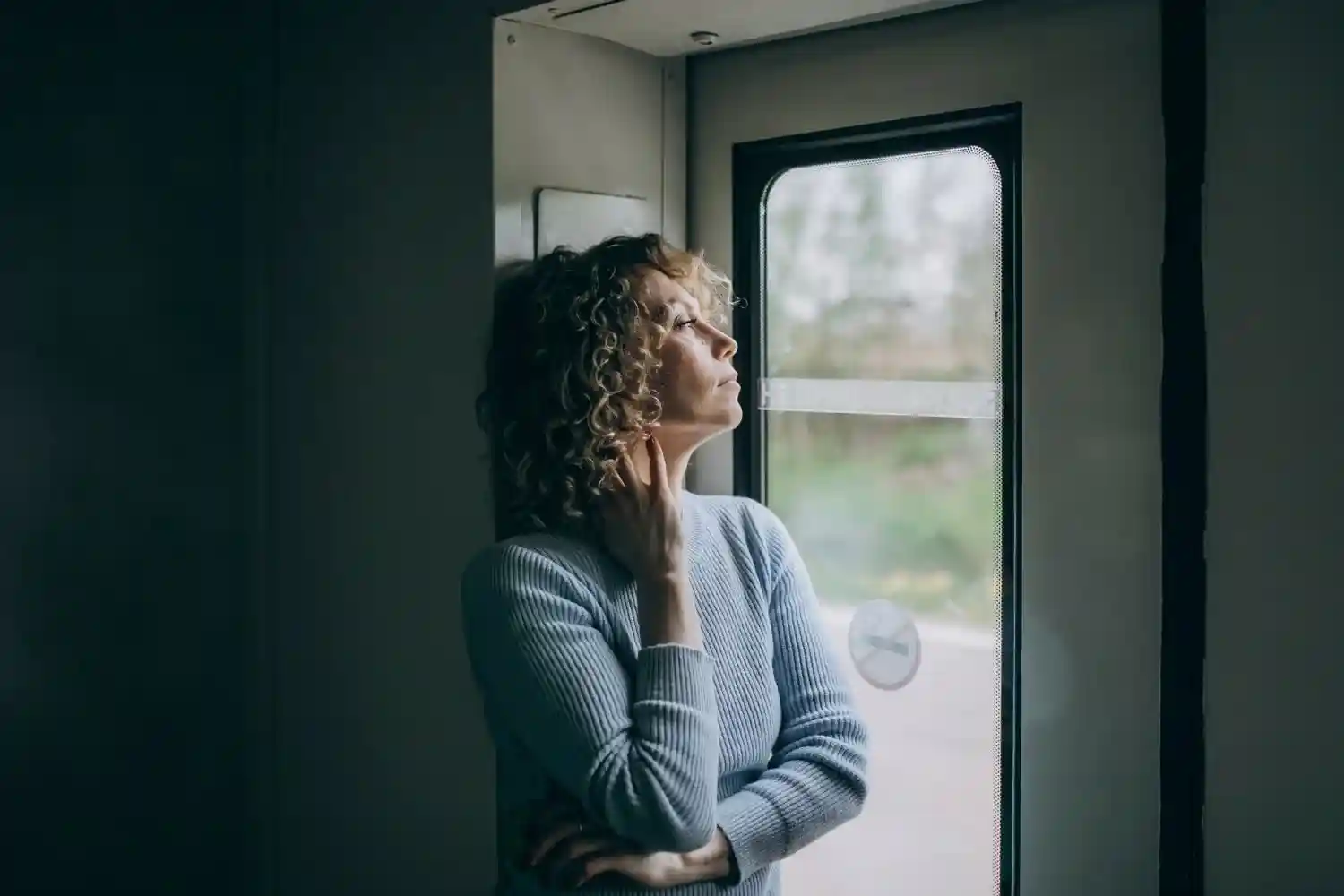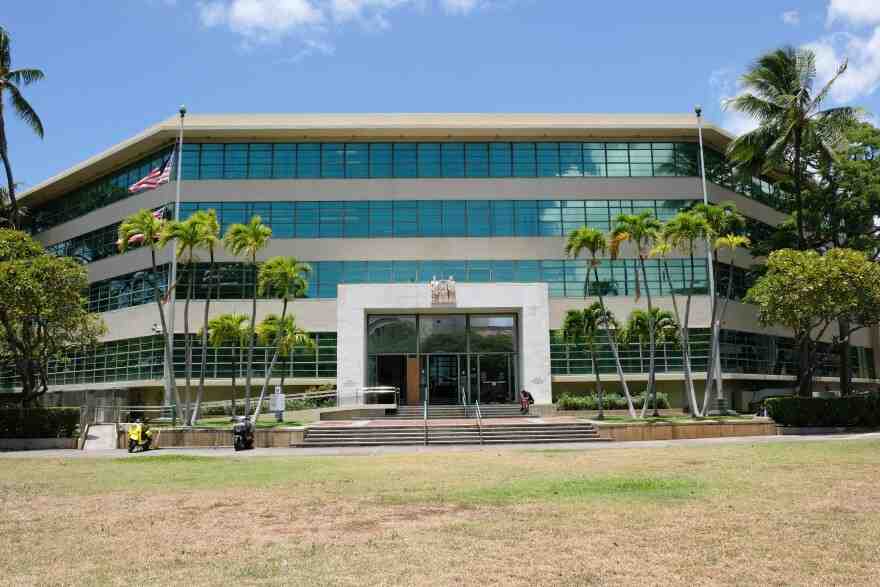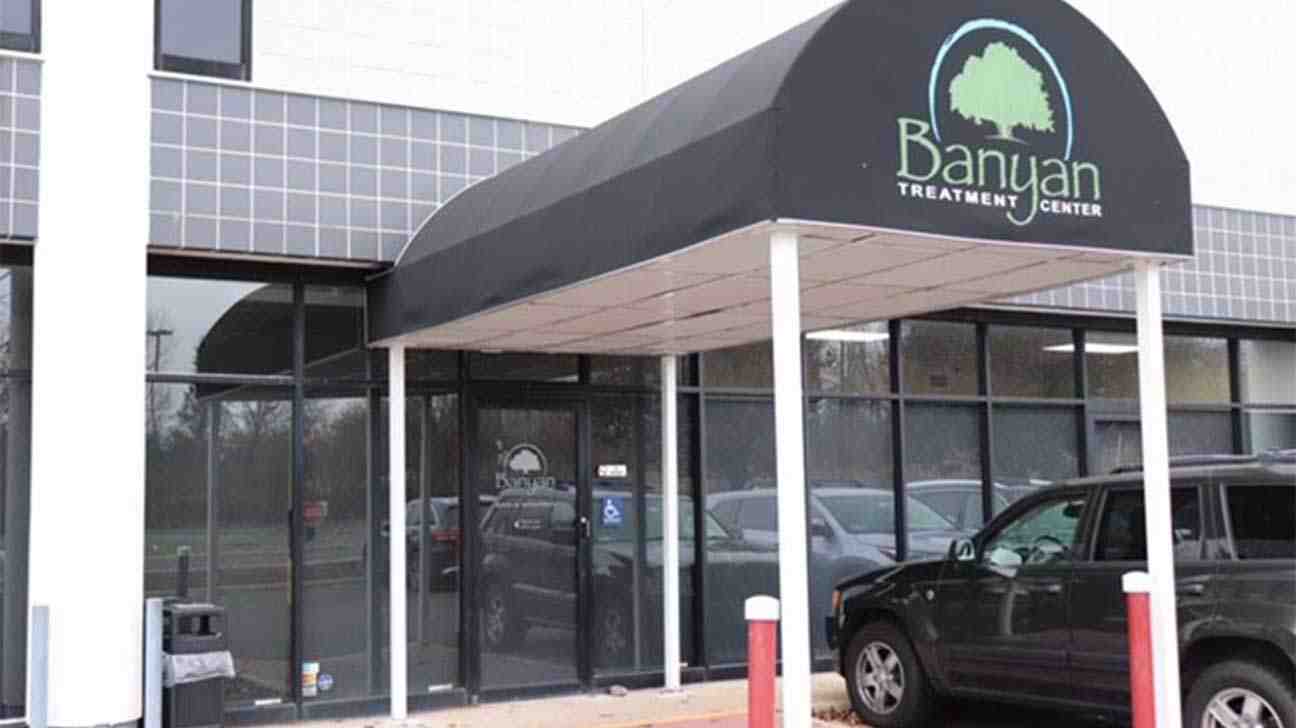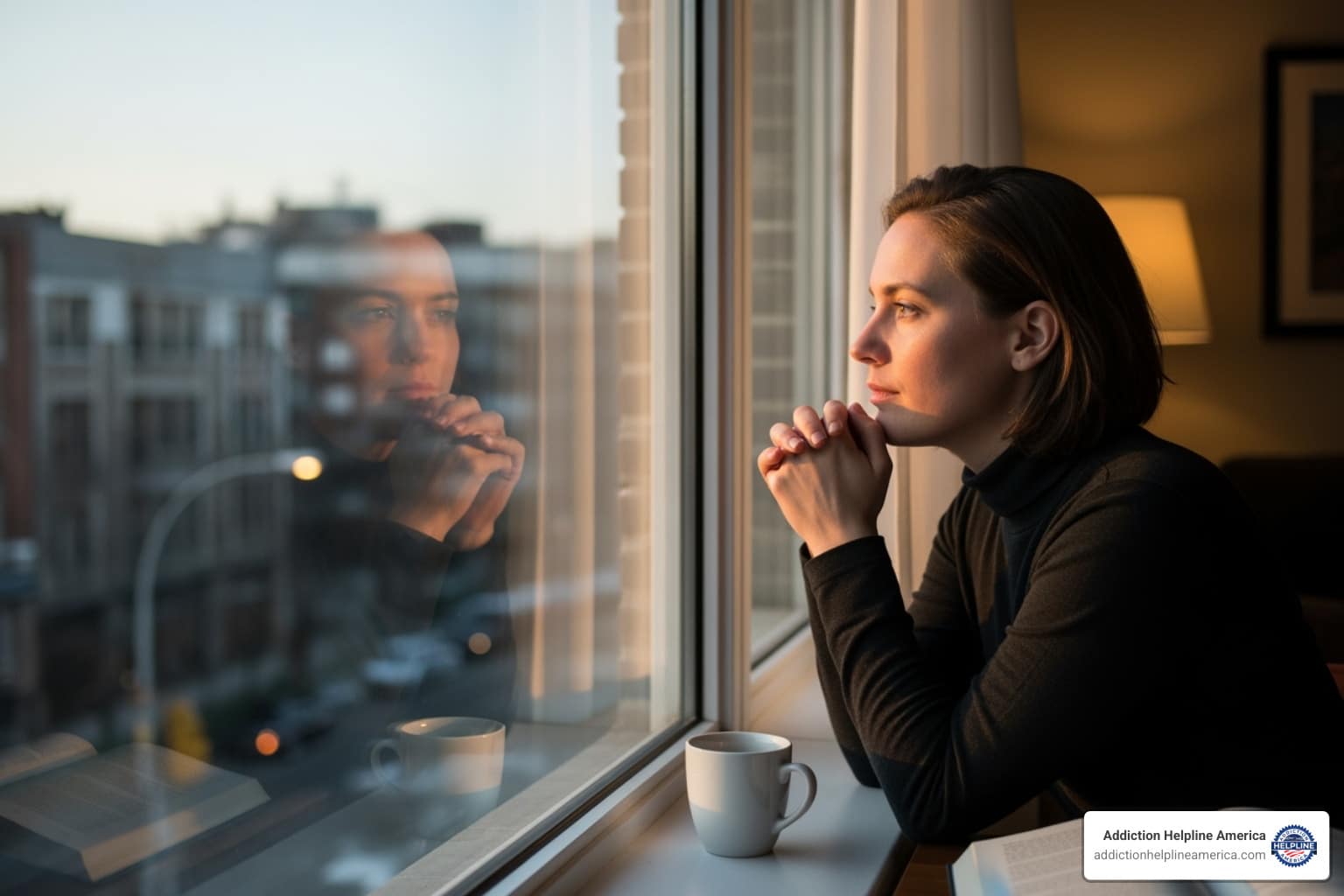
Understanding Bipolar Depression and Your Treatment Options
Bipolar depression treatment uses a combination of medication, psychotherapy, and lifestyle changes to manage the depressive episodes of this complex mood disorder.
Core Treatment Options:
- FDA-Approved Medications: Quetiapine, lurasidone, cariprazine, lumateperone, and olanzapine-fluoxetine combination
- Mood Stabilizers: Lithium and lamotrigine for long-term management
- Psychotherapy: Cognitive-behavioral therapy (CBT), interpersonal and social rhythm therapy (IPSRT)
- Advanced Options: Electroconvulsive therapy (ECT) for severe cases
- Lifestyle Interventions: Sleep hygiene, routine, stress management, and exercise
Bipolar disorder affects over 1% of the global population. The depressive episodes—not the manic highs—cause the most suffering, with individuals spending three times more days depressed than manic. This leads to significant disability, impaired functioning, and a suicide rate 20-30 times higher than the general population.
The challenge is that bipolar depression cannot be treated like regular depression; using antidepressants alone can trigger dangerous manic episodes. Even with treatment, individuals may still experience depression about 19% of the time.
However, effective treatment exists. With proper diagnosis and a combination of medication, therapy, and lifestyle changes, most people with bipolar depression can achieve stability and live fulfilling lives.
At Addiction Helpline America, we understand the complexity of co-occurring mental health and substance use disorders. We specialize in connecting individuals with comprehensive bipolar depression treatment programs that address both conditions. Our team has helped thousands of families find the right path to recovery.
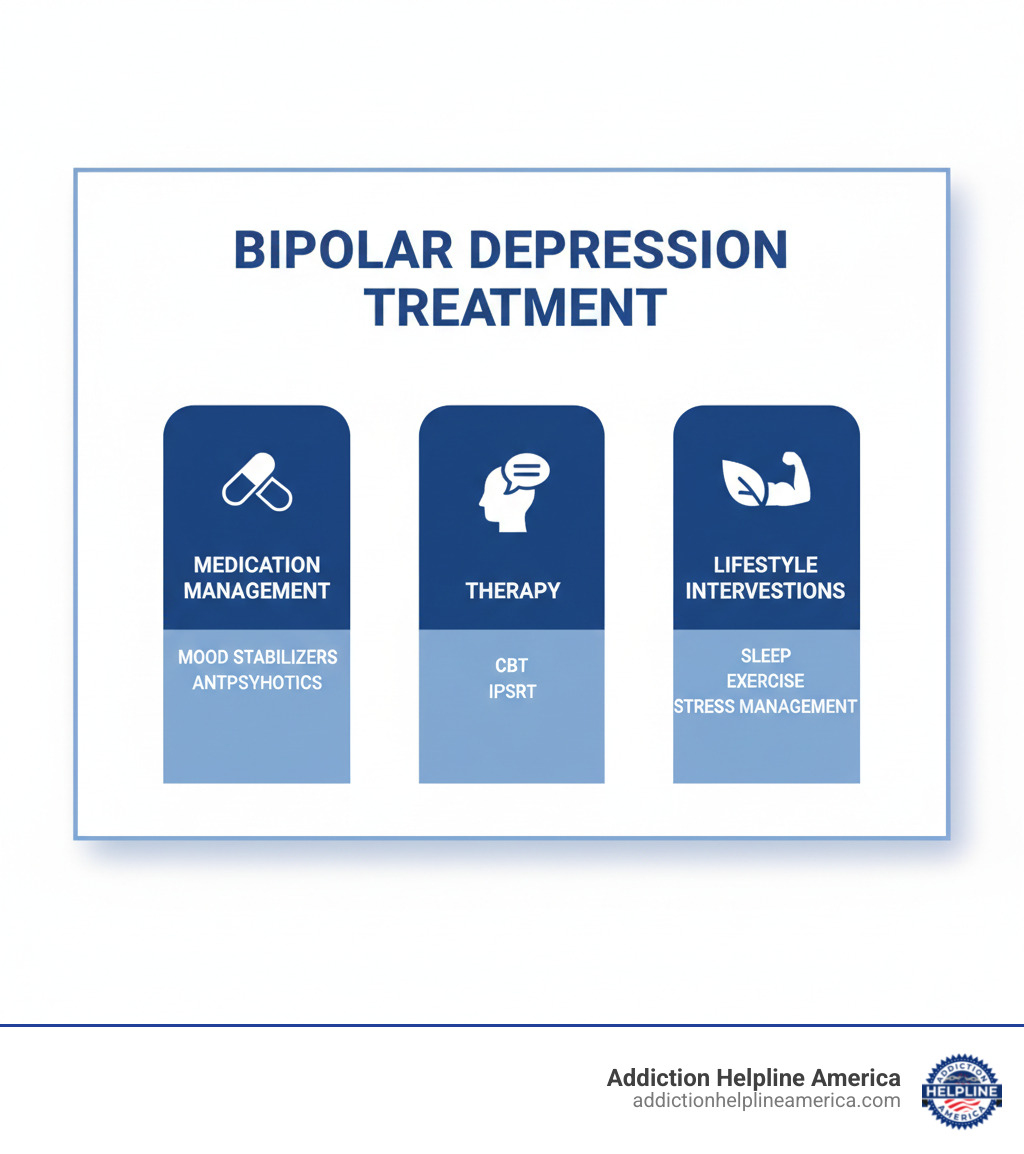
Must-know bipolar depression treatment terms:
Why Accurate Diagnosis Is the Critical First Step
An accurate diagnosis is the critical first step for effective bipolar depression treatment. Without it, treatment can be ineffective or even dangerous.
Bipolar depression often looks like regular (unipolar) depression, sharing symptoms like sadness, exhaustion, and sleep problems. This similarity leads to misdiagnosis in up to 12.1% of cases. A quarter of patients presenting with depression or anxiety to primary care doctors are eventually diagnosed with bipolar disorder. This misdiagnosis has serious consequences for treatment and long-term health.
While it may feel like depression, bipolar depression often has distinct features. These atypical symptoms include sleeping more (hypersomnia), increased appetite and weight gain, and a heavy feeling in the limbs. The defining feature that separates bipolar disorder from unipolar depression is a history of mania or hypomania—the “highs” that accompany the depressive “lows.”
These manic or hypomanic episodes can be subtle and may even feel productive, so they often go unreported. A thorough assessment is crucial.
Clinicians following scientific research on diagnostic guidelines look for several key distinguishing features:
- History of mania or hypomania, even brief or distant episodes
- Early age of onset (late adolescence or early adulthood)
- Atypical depression symptoms (increased sleep/appetite, heavy limbs)
- Family history of bipolar disorder
- Antidepressant-induced switching: A history of becoming overly energized, irritable, or sleepless after taking an antidepressant is a major red flag.
A family history of bipolar disorder significantly increases risk, and this probabilistic approach helps clinicians make an accurate diagnosis.
The consequences of misdiagnosis are severe. Treating bipolar depression with antidepressants alone—a standard for unipolar depression—can trigger a manic episode. Using antidepressants by themselves is contraindicated in people with bipolar disorder as it can destabilize mood, leading to rapid cycling (four or more episodes per year) and greater disability.
Accurate diagnosis is a patient safety issue that determines which bipolar depression treatment options are safe and effective. At Addiction Helpline America, we connect people with professionals who specialize in complex diagnostic evaluations, especially when mental health and substance use issues coexist.
Pharmacological Approaches: A Core Component of Bipolar Depression Treatment

Medication is an anchor in bipolar depression treatment, providing the foundation for therapy and lifestyle changes. The goal is both to treat acute depressive episodes and to maintain long-term stability. Finding the right medication, whether a single drug (monotherapy) or a combination, requires a personalized approach.
Mood stabilizers are the primary medications used to smooth out extreme highs and lows, creating a stable baseline for recovery.
FDA-Approved Medications for Acute Bipolar Depression Treatment
Despite the prevalence of bipolar depression, the FDA has approved only a few medications specifically for its acute episodes, highlighting the condition’s complexity.
The olanzapine-fluoxetine combination (OFC) combines an atypical antipsychotic with an antidepressant. It has a Number Needed to Treat (NNT) of 4 for remission, but common side effects include weight gain and diarrhea.
Quetiapine is a versatile monotherapy option, also with an NNT of 4 for remission. Its main side effects are sedation (which can help with sleep), dry mouth, and weight gain.
Lurasidone can be used alone or added to mood stabilizers like lithium or valproate. It has a better metabolic profile (less weight gain) and an NNT of 7 for remission when used as an add-on. Nausea and akathisia (inner restlessness) are possible side effects.
Cariprazine offers a modest but significant reduction in depressive symptoms. However, higher doses can cause more severe side effects, particularly akathisia.
Lumateperone is a newer option with a good response rate (51.1% vs. 36.7% for placebo). It has a favorable side effect profile with a low risk of movement-related or metabolic issues, though it can cause sedation.
Here is a comparison of these FDA-approved options:
| Medication | Efficacy (NNT) | Common Side Effects | How It’s Used |
|---|---|---|---|
| Olanzapine-Fluoxetine Combination | NNT = 4 for remission | Weight gain (NNH = 7), diarrhea, sedation | Monotherapy |
| Quetiapine | NNT = 4 for remission | Sedation (NNH = 3), dry mouth (NNH = 4), weight gain | Monotherapy |
| Lurasidone | NNT = 7 for remission (with lithium/valproate) | Nausea, akathisia, minimal weight gain | Monotherapy or Adjunctive |
| Cariprazine | Small but significant improvement | Akathisia, restlessness (worse at higher doses) | Monotherapy |
| Lumateperone | Response rate 51.1% vs 36.7% placebo | Sedation, low risk of EPS and metabolic issues | Monotherapy |
Other Key Medications and Off-Label Use
Beyond the approved list, other medications are vital in bipolar depression treatment based on clinical evidence.
Lithium is a classic mood stabilizer effective for both mania and depression. It has proven anti-suicidal properties, which is critical in bipolar disorder. However, it requires careful monitoring through regular blood tests to avoid toxicity and to check kidney and thyroid function. Common side effects include thirst, tremors, and weight gain.
Lamotrigine is approved for maintenance treatment to prevent future depressive episodes but is often used off-label for acute depression. It requires a slow dose increase over weeks to minimize the risk of a rare but serious skin reaction (Stevens-Johnson syndrome).
Antidepressants are used cautiously in bipolar disorder due to the risk of inducing a manic or hypomanic episode. They should never be used alone and must be paired with a mood stabilizer or atypical antipsychotic.
Ketamine and esketamine are rapid-acting treatments for severe, treatment-resistant depression, sometimes working within hours. Intravenous ketamine has an impressive NNT of 1.5 for response. These are not first-line treatments and require medical supervision due to temporary dissociative effects, but they can be life-saving.
Finding the right medication regimen is a collaborative process with your treatment team. For those with co-occurring substance use, specialized drug and substance abuse treatment is essential. Addiction Helpline America can connect you with programs equipped to handle these complex, overlapping challenges.
Non-Pharmacological and Lifestyle Interventions

While medication is foundational to bipolar depression treatment, non-pharmacological interventions and lifestyle changes are essential for achieving genuine quality of life. These strategies augment medication, provide coping tools, and empower you to take an active role in your recovery.
Electroconvulsive Therapy (ECT)
For severe or treatment-resistant bipolar depression, ECT is remarkably effective and can be lifesaving, especially in cases of acute suicidality or psychosis. This medically supervised procedure involves inducing a brief, controlled seizure under general anesthesia to rapidly alleviate depressive symptoms. ECT has an impressive NNT of 3 for response. The main side effects are temporary cognitive impairment and memory loss. There is also a 24.8% risk of switching into hypomania or mania. For more information, see the scientific research on ECT for treatment-resistant bipolar depression.
Psychotherapy: A Key Non-Pharmacological Bipolar Depression Treatment
Psychotherapy teaches you how to live with bipolar disorder, leading to better outcomes when combined with medication.
- Psychoeducation: Understanding the illness, your warning signs, and treatment options is the first step to empowerment.
- Cognitive-Behavioral Therapy (CBT): Helps you identify and challenge negative thought patterns that fuel depression, providing practical coping skills.
- Interpersonal and Social Rhythm Therapy (IPSRT): Focuses on stabilizing daily routines (sleep, meals) and improving relationships to create a buffer against mood episodes.
- Family-Focused Therapy (FFT): Involves family in the treatment process, providing education and improving communication. For families also dealing with substance use, specialized rehab centers for co-occurring disorders offer integrated care.
Lifestyle and Augmenting Therapies
Daily choices are essential components of effective bipolar depression treatment.
- Sleep Hygiene and Routine: Consistent sleep schedules and daily routines are critical for mood stability. Disrupted sleep is a major trigger.
- Exercise: Regular physical activity reduces depressive symptoms, improves sleep, and helps manage stress.
- Diet and Nutrition: A balanced diet supports brain health. Omega-3 fatty acids and N-acetylcysteine (NAC) have shown some promise as adjunctive treatments.
- Stress Management: Techniques like mindfulness, meditation, and yoga help manage stress, a major trigger for mood episodes.
- Avoiding Alcohol and Drugs: This is non-negotiable. Substances worsen mood instability and complicate treatment. Comprehensive addiction treatment is essential if you’re struggling with both.
- Other Therapies: Light therapy can help with seasonal patterns. Thyroid supplementation and Vagal Nerve Stimulation (VNS) are other options being used or studied for treatment-resistant cases.
At Addiction Helpline America, we connect you with comprehensive programs that integrate medication, therapy, and lifestyle support custom to your needs.
Frequently Asked Questions about Bipolar Depression Treatment
Navigating bipolar depression treatment can be overwhelming. Here are answers to some of the most common questions we hear.
What is the most effective treatment for bipolar depression?
There is no single “best” treatment. The most effective approach is personalized and comprehensive, typically combining several strategies.
- Medication: Mood stabilizers and atypical antipsychotics form the foundation, stabilizing the mood swings that define bipolar disorder.
- Psychotherapy: Therapies like CBT and IPSRT provide essential coping skills and strategies for preventing future episodes.
- Electroconvulsive Therapy (ECT): For severe or treatment-resistant depression, ECT can be remarkably effective and provide rapid relief.
Efficacy depends on individual factors like symptom severity, co-occurring conditions, and response to medication. Finding the right combination takes time and patience but can lead to profound improvements in quality of life.
How is bipolar depression different from regular depression?
The key difference is the presence or history of manic or hypomanic episodes. While regular (unipolar) depression involves only depressive lows, bipolar disorder includes periods of liftd mood (mania/hypomania).
Bipolar depression also often presents with atypical features like hypersomnia (sleeping too much), increased appetite, and weight gain. This distinction is critical because treatment differs significantly. Using antidepressants alone—a standard for unipolar depression—can trigger a manic episode in someone with bipolar disorder, destabilizing their mood. Accurate diagnosis is essential for safe treatment.
Can you treat bipolar depression without medication?
While some may wish to avoid medication, it is the cornerstone of effective treatment for bipolar disorder. Mood stabilizers and atypical antipsychotics are crucial for regulating the brain chemistry that drives extreme mood swings. Psychotherapy and lifestyle changes cannot replicate this biological stabilization for most moderate to severe cases.
However, psychotherapy and lifestyle interventions are vital components of a treatment plan. They work alongside medication to teach coping skills, improve adherence, and build resilience. Bipolar disorder is a lifelong condition, and for most people, ongoing medication is necessary to prevent relapse. Any changes to medication should only be made under careful medical supervision.
At Addiction Helpline America, we know many people with bipolar disorder also struggle with substance use. If you face both challenges, we can help you find personalized treatment options for bipolar disorder that address both conditions. Our guidance is free and confidential.
Conclusion: Finding Your Path to Stability
Effective bipolar depression treatment is not a single solution but a foundation of stability built on three pillars: medication, therapy, and lifestyle changes. While bipolar depression is a serious condition with significant risks, it is treatable. With a proper diagnosis and a comprehensive plan, most people can achieve stability and live fulfilling lives.
The journey begins with an accurate diagnosis to avoid ineffective or harmful treatments. From there, you can work with a healthcare team to find the right combination of mood stabilizers (like lithium or lamotrigine) and FDA-approved medications (such as quetiapine or lurasidone).
Medication alone is rarely enough. Psychotherapy like CBT or IPSRT provides essential coping skills, while ECT offers hope for severe cases. Lifestyle choices—especially consistent sleep, exercise, stress management, and avoiding substances—are critical for supporting your treatment and creating an environment for recovery.
Long-term management is key to living a life where you are in control. Bipolar disorder can be managed effectively with the right support.
At Addiction Helpline America, we understand how overwhelming it is to start, especially when substance use co-occurs with mental health challenges. We have helped thousands of families find treatment programs that address all their needs. Our guidance is free, confidential, and personalized.
You deserve hope, effective treatment, and a team that understands.
Our helpline is 100%
free & confidential
If you or someone you care about is struggling with drug or alcohol addiction, we can help you explore your recovery options. Don’t face this challenge alone—seek support from us.
Programs
Resources
Will my insurance
cover addiction
treatment?
We're ready to help
Find the best
drug or alcohol treatment
center
Are you or a loved one struggling with addiction? Call today to speak to a treatment expert.


